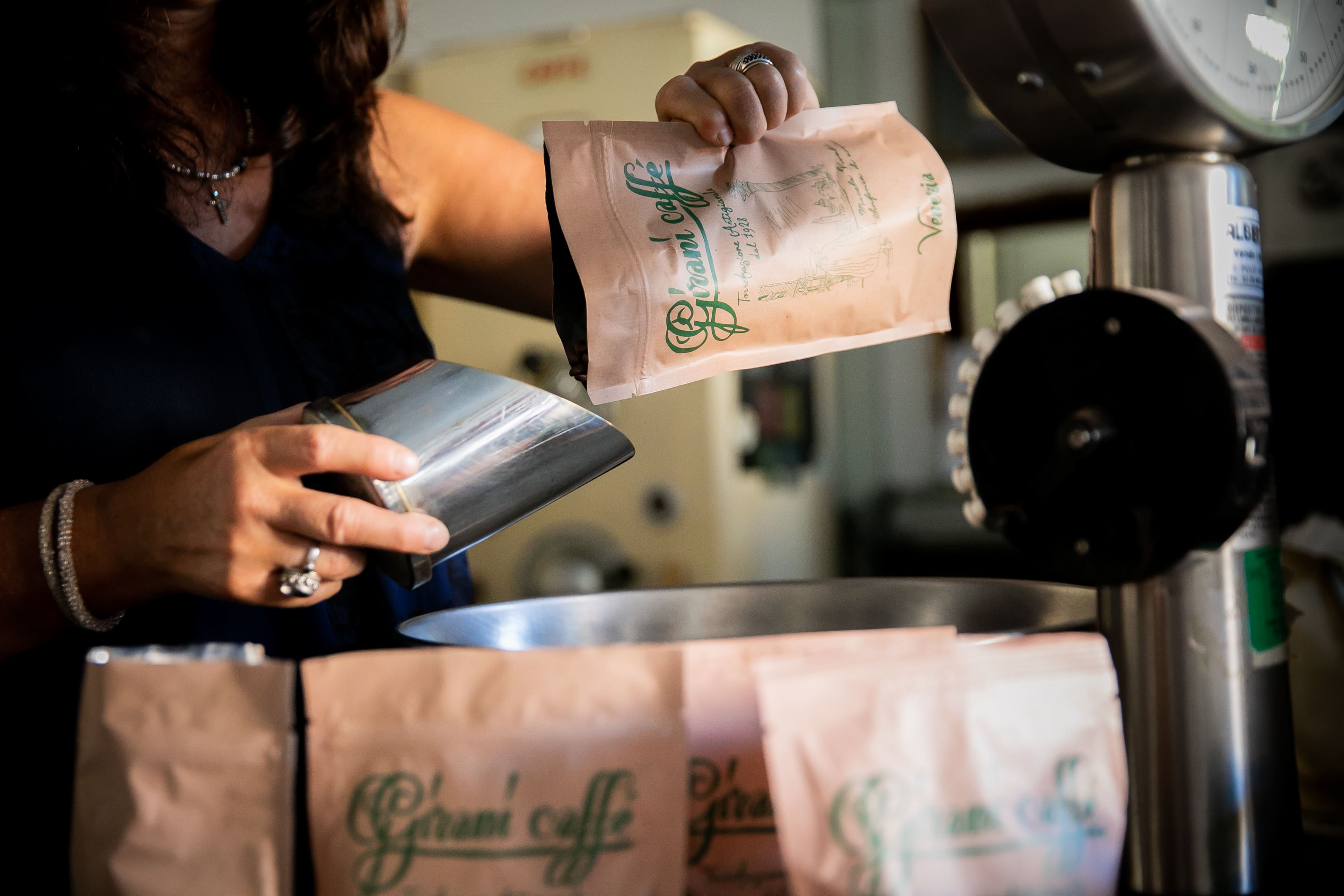The Ethical Packaging Charter is a document that is very close to our hearts. We told you about it in an article on our blog some time ago: it is an instrument of progress and civilisation that rules the functions of packaging, with respect for sustainable and ethical development. At Packstyle we have a conscious approach and we immediately recognised ourselves in the intentions declared in the 10 principles of the Ethical Packaging Charter by proposing ourselves as Ambassadors.
As such, our role today is to spread the foundation's innovative vision by raising awareness among players in the production chain and consumers of the importance of a conscious choice and use of packaging.
.jpg?width=2598&height=800&name=carta%20etica_%20Responsabilejpg%20(1).jpg)
RESPONSIBLE
Packaging becomes everyone's responsibility and accountable to everyone: in design, production and use. Quality-carrying packaging that combines environmental protection and respect for the needs of all users is responsible.
The environment in which we live continually presents us with new challenges that put the survival of the human species and the ecosystem at stake.
The German philosopher Hans Jonas, in his work 'The Principle of Responsibility' addresses the human being and exhorts him: 'Act in such a way that the consequences of your action are compatible with the permanence of authentic human life on earth'.
Packaging is a layer that protects the product, is part of the everyday life of any individual, informs about the weight, ingredients, origin, composition of the product, how to use it and much more. In its simplicity, it carries great potential and great responsibility.
The production by manufacturers and the use by end consumers have a strong impact on the environment and society. The responsibility towards the use of packaging is therefore to be considered collective and shared.
On the manufacturers' side
Responsibility for packaging is a choice that falls mainly on the manufacturers.
The first aspect to keep in mind is that to create packaging, the manufacturer must have all the information to propose the most suitable packaging for the product and in our case, packaging that is responsible.
Proper design must take into account the various purposes of packaging:
- to protect
- to inform
- to transport

To protect
Protection is a shared responsibility involving individuals, communities and institutions. Actions to protect are essential to promote safety, well-being and responsibility in various aspects of life.
The main objective of packaging is to protect the product from external agents, moisture, light and gases. The responsibility to keep the contents safe while safeguarding the health and satisfaction of the customer and prolonging the freshness of the product as much as possible is inherent in packaging.
The manufacturer plays a decisive role because it is up to him to choose packaging that will meet the above-mentioned responsibilities: he will have to choose packaging that best respects his product and at the same time respects consumers.
Protection is also offered not only to the product and the consumer, but also to the environment. Ethical packaging is packaging that reduces its environmental impact by protecting the environment in which it lives.
To transport
In the globalised world, where the movement of goods is essential but unfortunately polluting, lowering the environmental impact of packaging is possible, again by making a choice.
Increasingly, consumers are making conscious choices not only in the choice of products themselves, but also in packaging. Avoiding overpackaged products, deciding for lightly packaged products, choosing easily recyclable packaging or packaging made from recycled materials are the alternatives consumers have when choosing one product over another.
Flexible packaging is strong but at the same time lightweight. It adapts to the shape of the contents and takes up much less space than rigid containers. Less space occupied allows more goods to be transported, reducing the frequency of transport and consequently CO2 emissions.
To inform
Responsible information is essential to enable people to make decisions, promote transparency, protect health and safety and encourage social responsibility. Providing accurate, accessible and transparent information is a responsible act that contributes to an informed and conscious society.
Packaging is also responsible for correctly communicating information to buyers. The communicative power of packaging in fact becomes a responsibility for producers and an important opportunity for honest and consistent contact with consumers.
Being thoroughly informed provides a more complete, accurate and responsible view of an issue. With regard to plastic packaging, for example, this often comes under criticism, but in the case of flexible packaging, studies show that, when considering the whole life cycle (LCA), its environmental impact is lower than other types of packaging and can be up to 60 per cent less than more rigid containers.
Choosing the right production partner is synonymous with responsibility. There is a wide range of packaging manufacturers on the market: it is up to us to choose who is most like us and takes a conscious and responsible path.
On the side of consumers
Consumers too can play their part responsibly. Here are some examples of responsible behaviour:
- Choose products that use sustainable and recyclable materials.
- Strictly follow recycling rules.
- Find out from the manufacturers not only about the product, but also about the packaging.
- Choose large sizes to help reduce overpackaging and thus also the amount of waste generated.
- Buy only what you need without stocking up and avoid waste.
- Reuse packaging for different purposes.

.jpg?width=300&name=carta%20etica_%20Responsabilejpg%20(1).jpg)